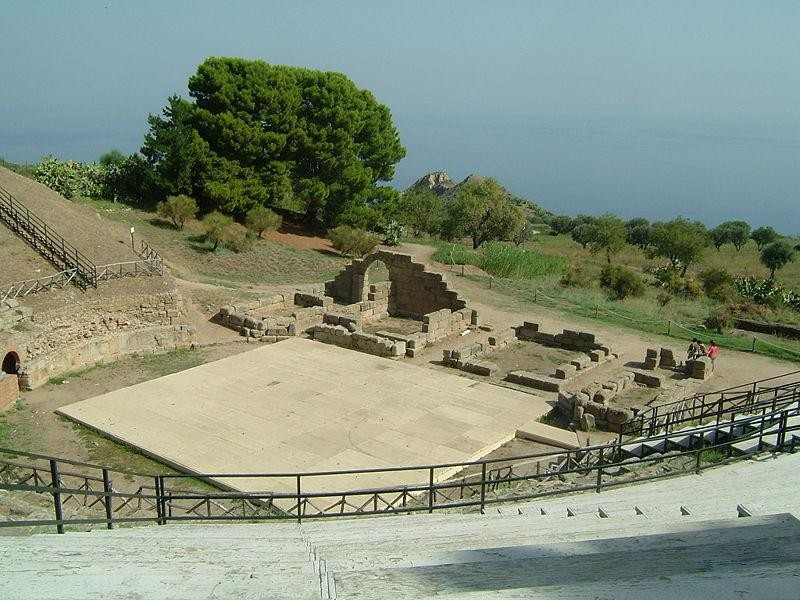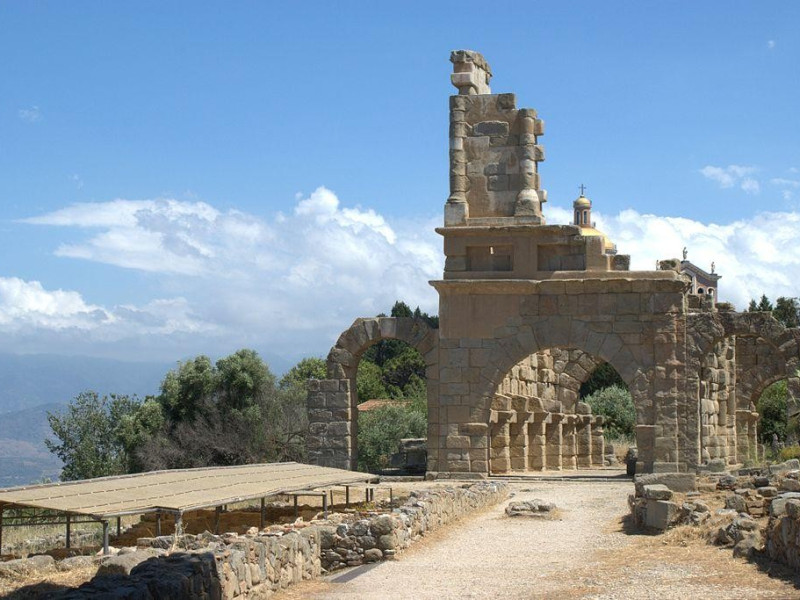Sito archeologico dell'antica Tindari
Tindari, a fraction of Patti (ME), keeps in good condition the remains of the Greek-Roman city. The first excavations date back to 1838-1839, then resumed between 1960 and 1964 by the Archaeological Superintendence of Syracuse and in the 90s from that of Messina. The urban, dating back to the founding of the city, presented a regular layout, on three main decumani that intersected at right angles with sloping streets, beneath which ran the city sewer system. The decumano magno was flanked by the theater and from the agora, beyond which, in the area where today stands the Black Madonna's Shrine, was the acropolis. The visible remains of the city walls is for a reconstruction of the third century BC, while the original walls, double curtain in sandstone square work, was developed over a length of about 3 km. The main gate, on the south-west, was flanked by two towers. The theater was built in Greek forms at the end of the fourth century BC and altered in Roman times for the games of the amphitheater. It was leaning against the natural contour of the hill, where were excavated the steps of the auditorium, which was to achieve a capacity of about 3000 seats. In Roman times there was added a brickwork porch and the reconstruction of the scene. Since 1956 it houses an arts festival of dance, music, and acting. In the urban area it retains a entire Roman block. On lower decuman they opened six tabernae for trade, with the back room. Of these, it rested e domus with twelve columns with Doric capitals and a lounge.




